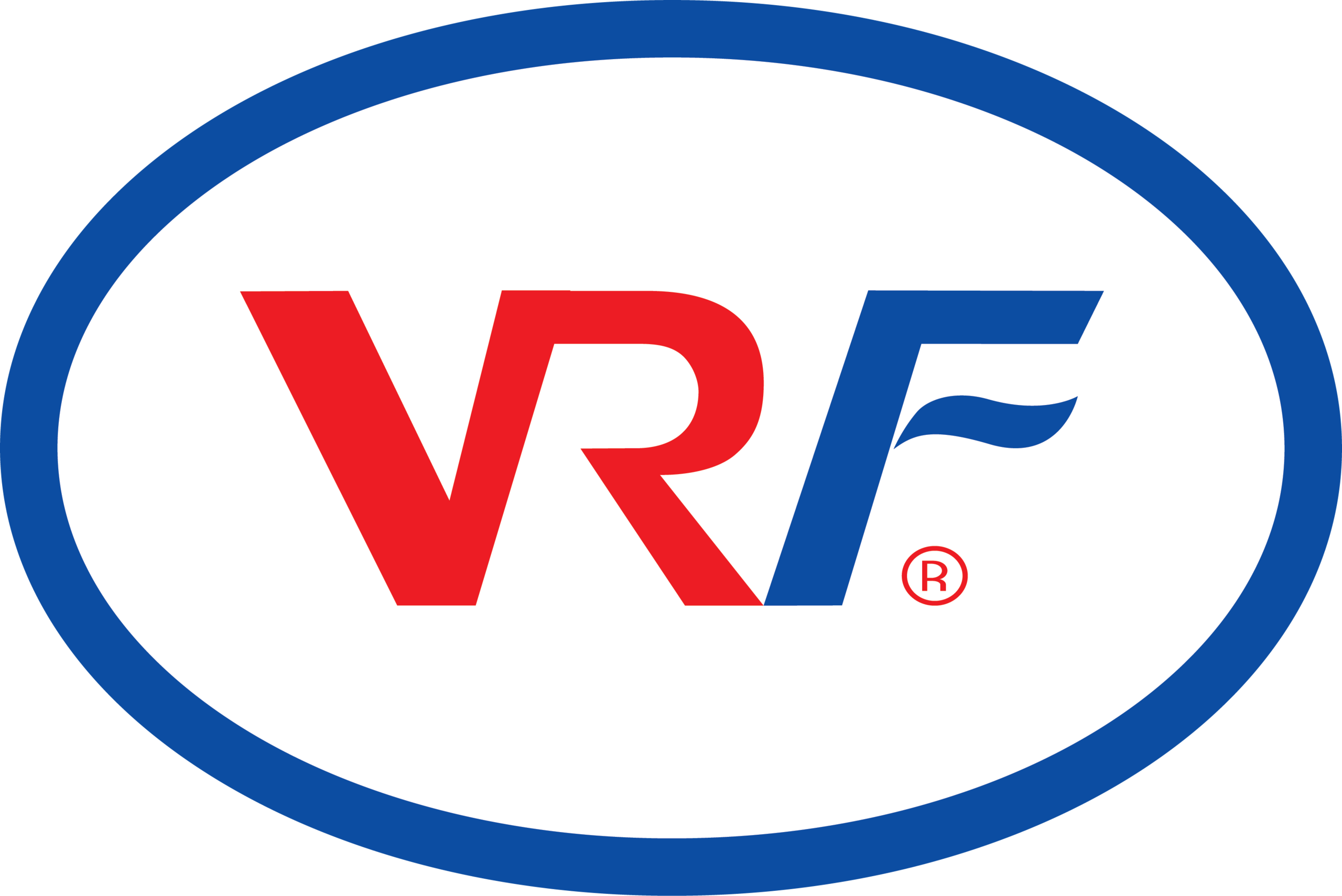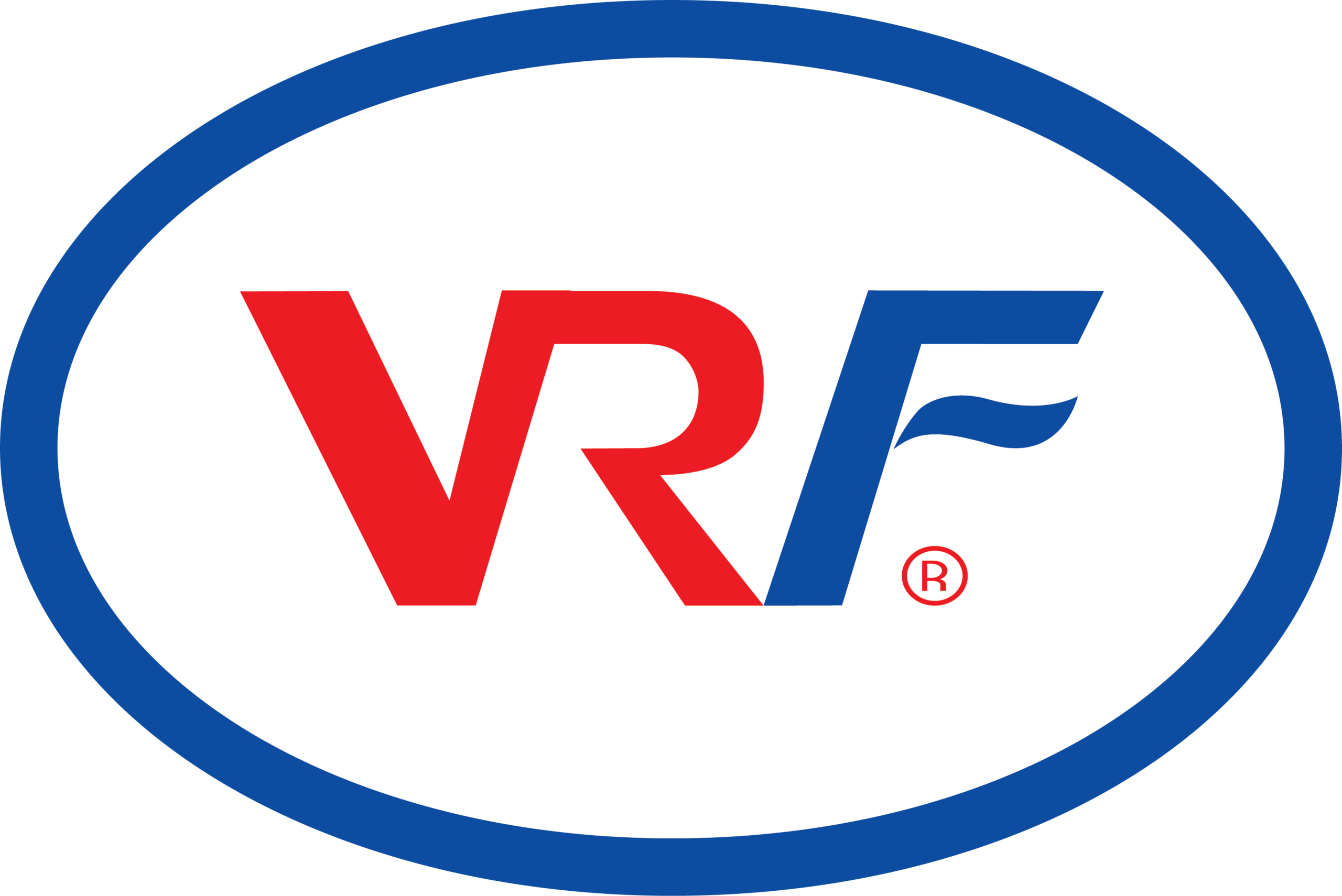The adoption of smart card technologies continues to accelerate, influencing the material manufacturing landscape. Smart cards are increasingly utilized for secure banking transactions, government-issued IDs, and transportation systems, demanding high-quality, durable materials. Manufacturers focus on producing materials that meet international standards for durability, flexibility, and chip compatibility.
The Smart Card Material Market encompasses PVC, PET, composite cards, and biodegradable materials. Growth in dual-interface and contactless cards is a major driver, promoting innovation in polymer blends and security features.
Market growth is also fueled by the surge in digital payment systems and government initiatives supporting national ID programs. The rise of smart cities and the Internet of Things (IoT) further expand the potential applications of smart card materials. Advanced coating technologies ensure card longevity and resistance to environmental factors such as humidity and temperature variations.
Key players are leveraging the Smart Card Material Industry Trends to identify opportunities for innovation, competitive differentiation, and market penetration. The competitive landscape emphasizes partnerships, joint ventures, and strategic alliances to develop technologically advanced smart card materials.
Regional analysis reveals strong demand in Asia-Pacific due to rapid urbanization and increased financial inclusion programs. North America continues to prioritize secure transaction systems and contactless card adoption, while Europe focuses on integrating sustainable materials into smart card production.
Future outlook suggests further innovation in chip embedding techniques, eco-friendly substrates, and improved manufacturing efficiency. As the demand for secure, flexible, and durable smart cards rises, material suppliers are adopting strategies to cater to diverse industry requirements.


